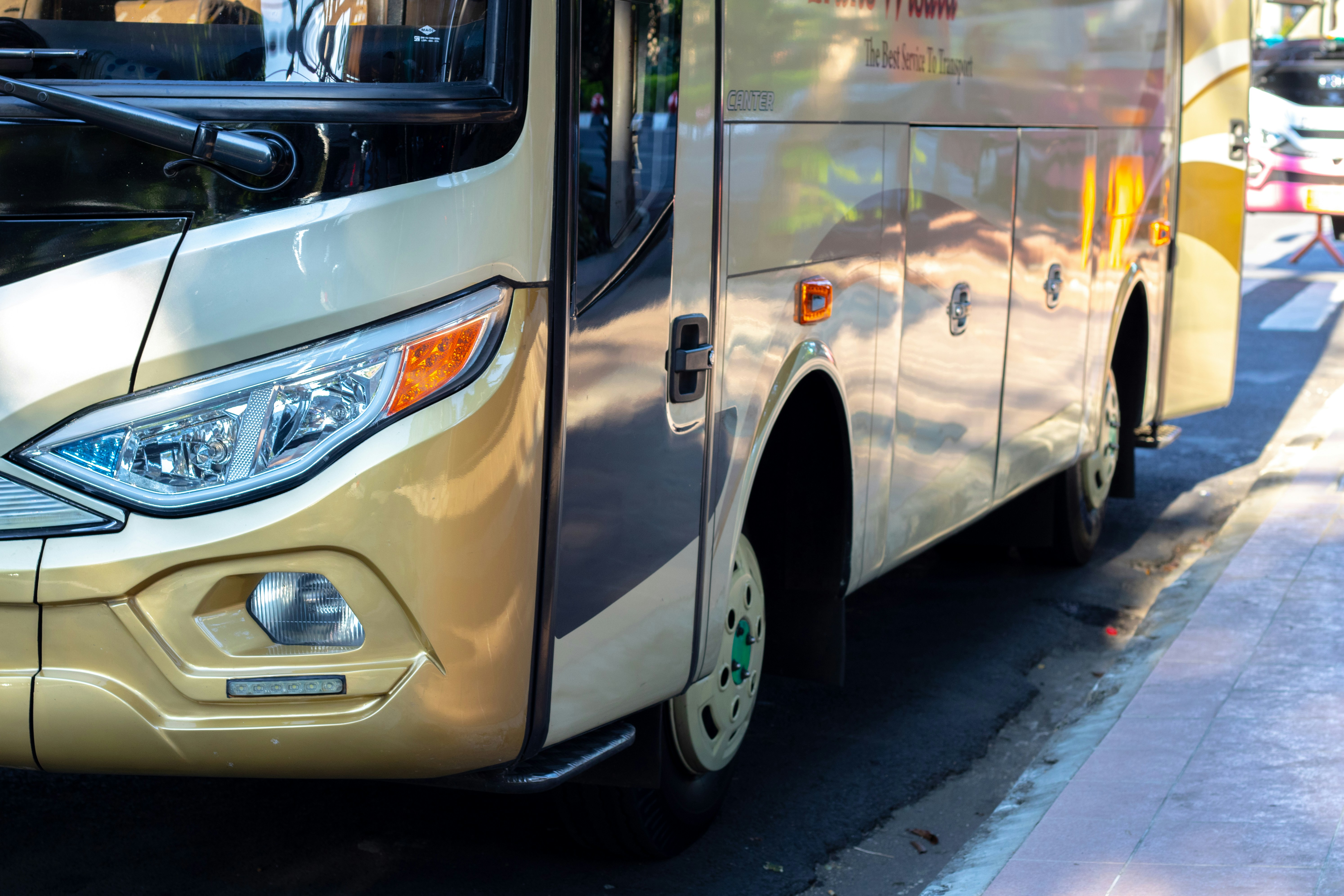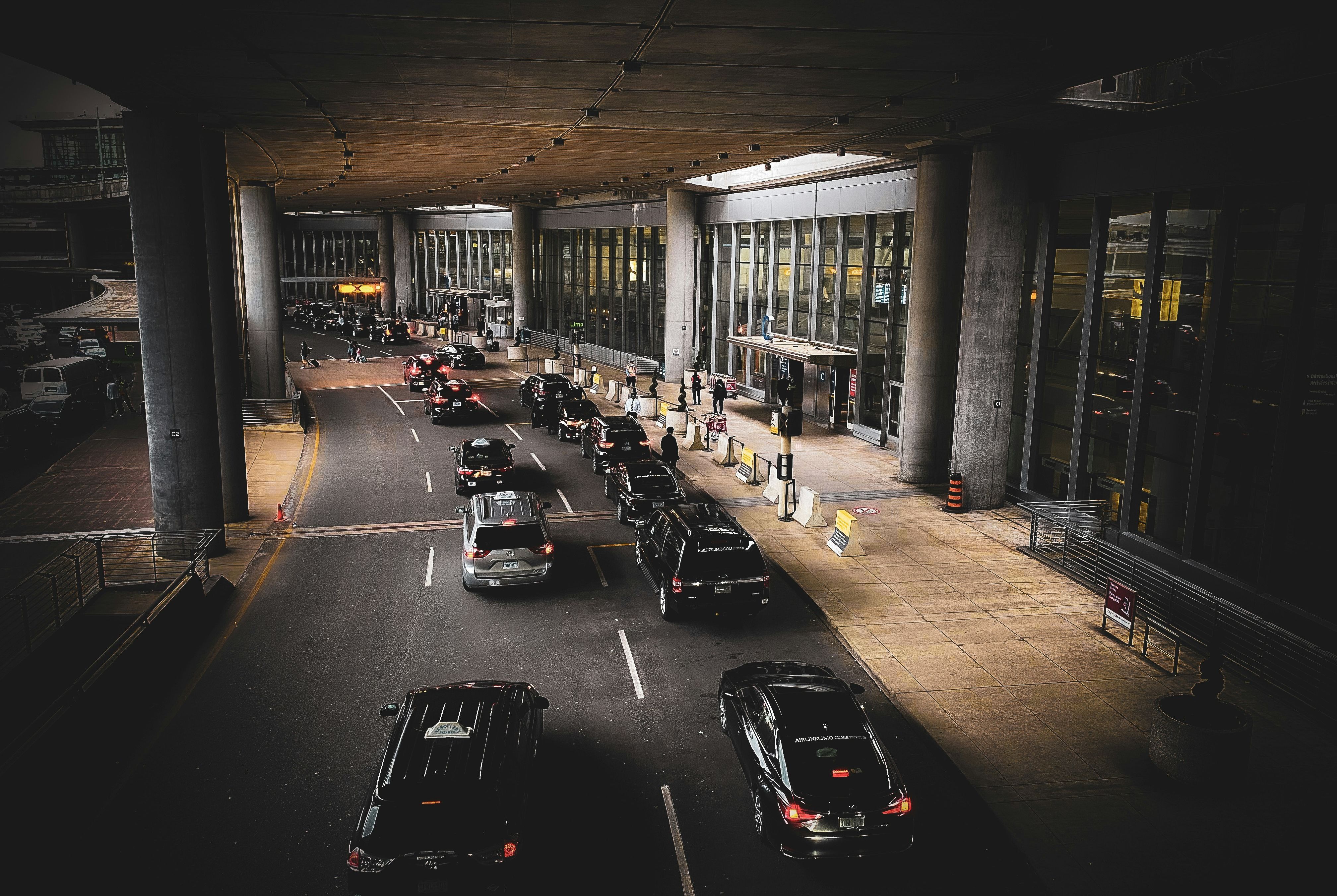Group Transport Playbook: HND / NRT / KIX
Author
Shun
Date Published

Selecting the right transport plan in Japan determines how efficiently your entire event will run. Having managed group transfers for international conferences across Tokyo and Kansai, I’ve learned that logistics here are as much about timing and coordination as they are about comfort. Japan’s transport infrastructure is famously punctual, but it operates within strict legal, spatial, and cultural frameworks that can catch foreign planners off guard.
Airports like Haneda, Narita, and Kansai each have unique flow patterns shaped by curfews, vehicle size limits, and local taxi syndicates. The difference between a twenty five minute and a seventy five minute transfer isn’t just traffic; it’s knowing which lanes, rest stops, and load zones are open to charter buses.
In this guide, we’ll walk through Japan’s main conference gateways Haneda (HND), Narita (NRT), and Kansai (KIX) and explore how to manage group arrivals, bus coordination, pickup flow, and contingency planning. Each section connects field experience with contractual and safety considerations so you can map your next inbound event with confidence.

Typical Transit Times (HND / NRT / KIX)
Japan’s airport routes are highly structured, and actual travel times depend on access permits, toll zones, and route conditions. Haneda is close to central Tokyo but often congested near exits. Narita requires advance bus lane permissions, while Kansai’s bridge access can close during severe weather.
Additional insights
- Haneda’s domestic peaks cause early morning congestion
- Narita terminals need separate bus dispatch coordination
- Kansai bridge closures isolate the airport during storms
- Weekday evenings add up to forty percent more travel time
To safeguard schedules, I usually specify:
Transfer schedules shall account for official rest and tollway regulations, with no penalties applied for delays caused by government mandated driver compliance.
Checklist
- Confirm toll and lane status with vendors one day before arrivals
- Publish route time ranges for all three airports in delegate briefings
- Add a thirty minute buffer for each peak hour leg
- Schedule one rest stop for every ninety minutes of driving
Bus Arrangements and Width Restrictions
Japan’s narrow streets limit large bus access, especially near heritage zones and central business districts. Selecting the correct vehicle type early ensures punctuality and guest comfort. Even a small mismatch between bus size and entry clearance can result in forced walk ins or costly rerouting. Early technical checks prevent last minute issues and protect delegate experience.
Additional insights
- Many Tokyo hotels allow one vehicle at a time
- Kyoto heritage streets ban oversize coaches after evening hours
- Police can redirect buses without proper entry permits
- Charter vendors must pre register vehicle numbers
In my contracts, I normally include wording such as:
All transport vendors shall confirm vehicle class, width compliance, and parking permits in writing prior to operation day.
Checklist
- Measure hotel entrance width and turning radius against bus type
- Request written vehicle specs from each vendor
- Secure parking and holding permits in advance
- Assign one luggage coach for large groups and confirm drop zones

Pickup Flow Design
Efficient pickup flow shapes the guest experience from the first minute. One delayed vehicle can ripple through the entire arrival pattern. Delegates notice operational discipline at the curb before they ever see the stage inside. A smooth sequence reflects coordination, cultural respect, and preparedness, qualities Japan’s hosts value deeply.
Additional insights
- Signage is limited, so staff placement is critical
- Haneda bus bays allow only five minute stops
- Narita meet and greet zones are police monitored
- Hotels require escort registration before each pickup
For clarity during contracting, I prefer to state:
Pickup coordination shall be executed according to pre approved flow diagrams, with vendor liability limited to scheduled service windows.
Checklist
- Map pickup bays and publish a diagram for staff and drivers
- Assign bilingual escorts and include them in the master roster
- Prepare English Japanese placards for fast delegate grouping
- Upload manifests and driver contacts before operation day
- Keep one standby vehicle per one hundred delegates
Contingencies for Delays
Japan’s transport is reliable but still weather sensitive. Typhoons, traffic closures, or flight diversions demand immediate, defined fallback plans. The strongest contingency models are designed, not improvised, and account for timing, shifts, and costs long before disruptions occur.
Additional insights
- Highway closure alerts are issued only in Japanese
- Typhoon warnings can suspend movement hours before impact
- Holiday peaks reduce available substitute drivers
- Hotels expect early notice for any delayed arrivals
To formalize this approach, I often insert language such as:
In case of official transport suspension or severe delay, alternate routing or rebooking shall proceed under joint written consent without penalty to either party.
Checklist
- Reserve ten percent extra capacity with a secondary vendor
- Print reroute cards showing safe rest stops and waypoints
- Designate one on site decision lead per location
- Save airport and control desk contacts on paper and phone
- Pre approve an overtime ceiling for driver extensions

Coordination Between Cities
Many programs move between Tokyo and Osaka. Intercity logistics require balancing comfort, cost, and driver rest rules. This stage combines timing with endurance; crew breaks, toll variation, and luggage timing must align flawlessly. A single rest delay can offset an entire rehearsal day.
Additional insights
- Bullet train seat blocks need early group confirmation
- Overnight bus drivers rotate at fixed rest zones only
- Osaka venues often require early morning load ins
- Kansai tolls exceed Tokyo’s by roughly twenty percent
In agreements, I usually clarify terms as follows:
Intercity transfers shall be scheduled with mandatory driver rest intervals and vendor cost adjustments for toll differentials clearly itemized.
Checklist
- Submit JR or agency seat requests sixty days in advance
- Book an overnight luggage truck with fixed delivery windows
- Log driver rest periods and share with production managers
- Confirm toll budgets per route in the transport cost sheet
- Publish a cross city schedule that syncs departures with rehearsals
FAQs
Q1: How far in advance should group transfers be booked?
At least forty five to sixty days before the event to secure vehicles, parking, and driver schedules.
Q2: Can buses operate late at night in Tokyo or Osaka?
Most permits restrict movement after twenty two hundred hours; confirm curfews in writing.
Q3: Are foreign drivers allowed for charter services in Japan?
No. Only licensed Japanese operators can provide group passenger transport.
Q4: How should luggage be handled for split arrivals?
Arrange a dedicated luggage truck or hotel storage plan separate from passenger vehicles.
Q5: Are there sustainable fleet options for events?
Yes. Hybrid and low emission charter fleets operate through major DMCs in Tokyo and Kansai.
Conclusion
Transport planning in Japan rewards precision and anticipation. Haneda, Narita, and Kansai each have their own rhythm shaped by geography, permits, and weather. The planners who succeed read that rhythm early and build it into their contracts.
When handled with this level of foresight, transport becomes part of your event design rather than a background task. Smooth, silent movement across cities is what guests remember as Japanese efficiency.
Contact Japan Meetings to review your route plans and receive a customized fleet planning checklist for Tokyo, Osaka, and Kyoto group transfers.